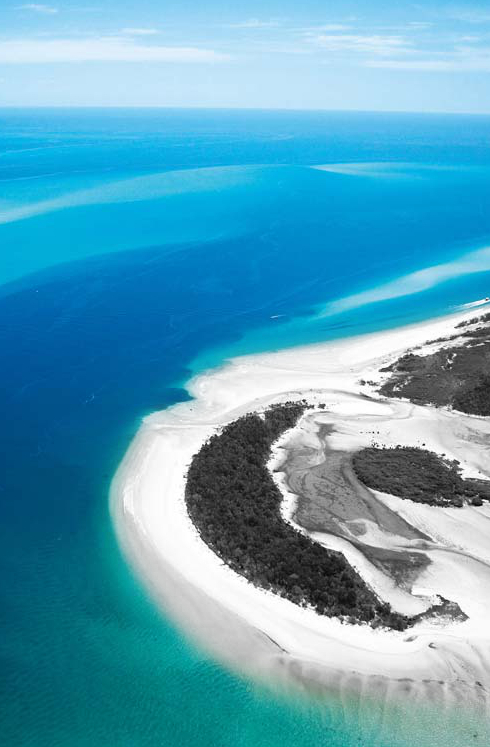Future continent forecast
 The world’s next supercontinent is predicted to form in 200 to 300 million years.
The world’s next supercontinent is predicted to form in 200 to 300 million years.
A Curtin University-led research project has found that the world’s next supercontinent, Amasia, will most likely form when the Pacific Ocean closes.
Supercomputer simulations used in the study found that because the Earth has been cooling for billions of years, the thickness and strength of the plates under the oceans reduce with time, making it difficult for the next supercontinent to assemble by closing the “young” oceans, such as the Atlantic or Indian oceans.
“Over the past two billion years, Earth’s continents have collided together to form a supercontinent every 600 million years, known as the supercontinent cycle. This means that the current continents are due to come together again in a couple of hundred of million years’ time,” says lead author Dr Chuan Huang.
“The resulting new supercontinent has already been named Amasia because some believe that the Pacific Ocean will close (as opposed to the Atlantic and Indian oceans) when America collides with Asia. Australia is also expected to play a role in this important Earth event, first colliding with Asia and then connecting America and Asia once the Pacific Ocean closes.
“By simulating how the Earth’s tectonic plates are expected to evolve using a supercomputer, we were able to show that in less than 300 million years’ time it is likely to be the Pacific Ocean that will close, allowing for the formation of Amasia, debunking some previous scientific theories.”
The Pacific Ocean is what is left of the Panthalassa super ocean that started to form 700 million years ago when the previous supercontinent started to break apart. It is the oldest ocean we have on Earth, and it started shrinking from its maximum size since the dinosaur time.
It is currently shrinking in size by a few centimetres per year and its current dimension of about 10 thousand kilometres is predicted to take two to three hundred million years to close.
The full study is accessible here.








 Print
Print